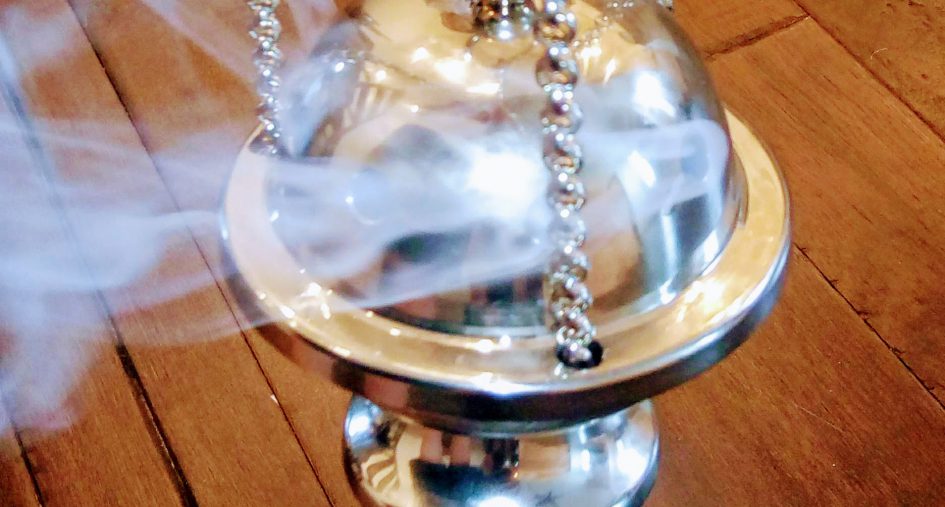There are only two good forms of smoke in the world: pit barbeque smoke and liturgical incense. If you can manage a Sunday with both, you’re doing A-Okay in my book.
If you are like most Catholics in the US, you attend Mass without incense and you’re missing out on one of the quintessential “smells and bells” of Christian beauty.
The smoke of burning incense is interpreted by both the Western Catholic and Eastern Christian churches as a symbol of the prayer of the faithful rising to heaven. This symbolism is seen in Psalm 141 (140), verse 2: “Let my prayer be directed as incense in thy sight: the lifting up of my hands, as evening sacrifice.” Incense is often used as part of a purification ritual. In the Latin rite of the Roman Catholic Church, whenever the thurible is swung to incense people or objects, it is always done in groups of three swings (to represent the Three Persons of the Holy Trinity, God the Father, God the Son Jesus Christ, and God the Holy Spirit; the precise number depends on the level of sanctity of the object being reverenced, if a person being reverenced is alive or dead, and whether they are a cleric or a layperson, and if a cleric, their rank within the hierarchy).
In the Revelation of John, incense symbolizes the prayers of the saints in heaven – the “golden bowl full of incense” are “the prayers of the saints” (Revelation 5:8, cf. Revelation 8:3) which infuse upwards towards the altar of God.
A thurible, a type of censer, is used to contain incense as it is burned. A server called a thurifer, sometimes assisted by a “boat bearer” who carries the receptacle for the incense, approaches the person conducting the service with the thurible charged with burning bricks of red-hot charcoal. Incense, in the form of pebbly grains or powder, is taken from what is called a “boat”, and usually blessed with a prayer and spooned onto the coals. The thurible is then closed, and taken by the chain and swung by the priest, deacon or server or acolyte towards what or whom is being censed: the bread and wine offered for the Eucharist, the consecrated Eucharist itself, the Gospel during its proclamation (reading), the crucifix, the icons (in Eastern churches), the clergy, the congregation, the Paschal candle or the body of a deceased person during a funeral.
Not only does incense have historical and ritual importance, it’s also an antidepressant. It should be added to the long list of religious rituals that were later determined to have health benefits through science (washing hands, fasting, confession).
We’re blessed to have found a traditional Latin Mass near us which includes copious amounts of incense, but I was still excited to receive this mini thurible for our domestic church from Holy Art:

It’s small and simple but has full functionality with a chain attached to the top of the thurible to raise it without burning your fingers. The product says “silver-plated” but it’s a beautiful nickle that will remain stunning if properly cared for.
And it’s a good size for little ones who may want to practice incensing the home altar. My wife videoed our second oldest critiquing our oldest on how he was doing during a practice run. The adorable video broke the Internet.
 The Libertarian Catholic
The Libertarian Catholic
















